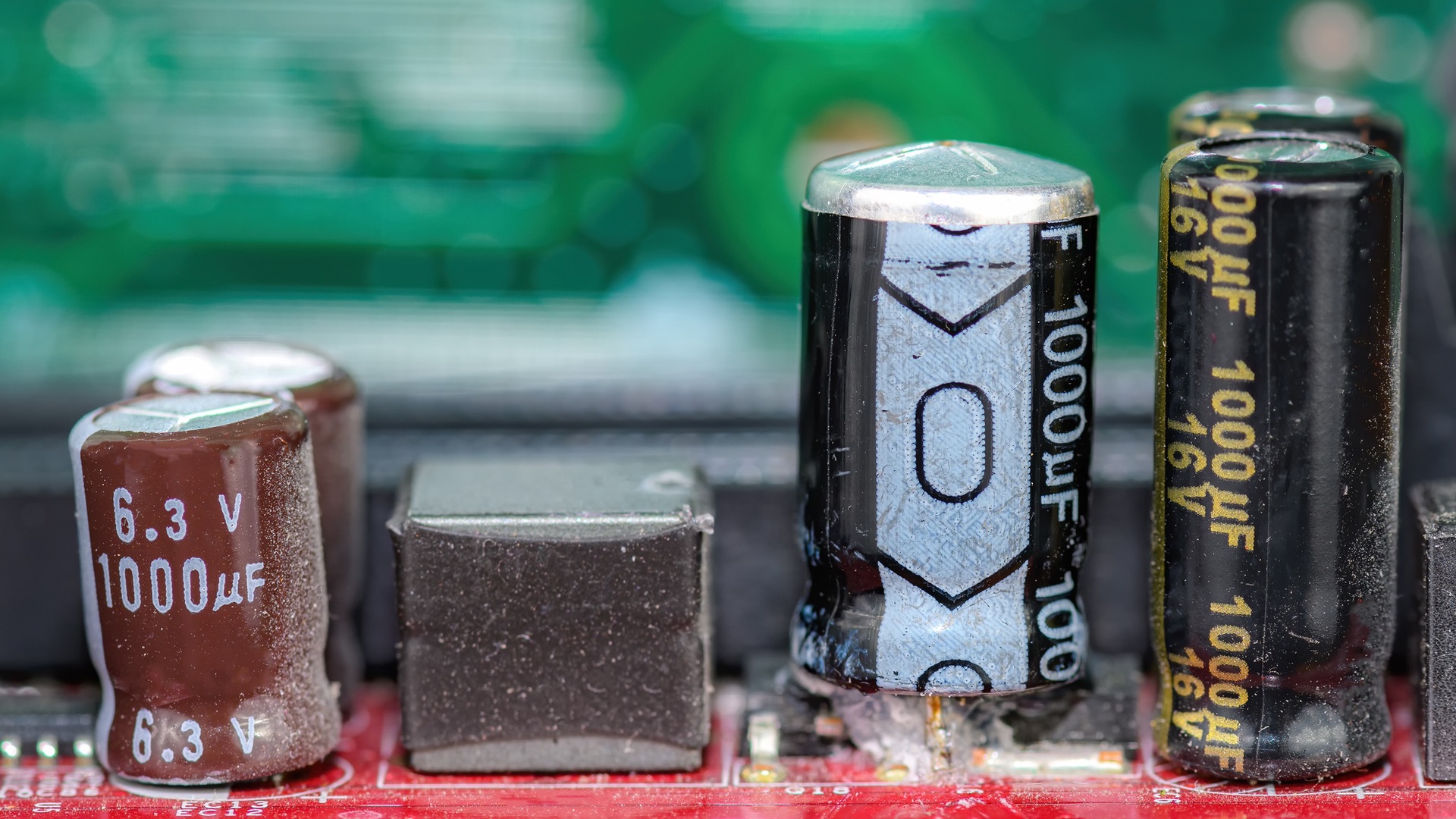

Tantalum is a valuable metal with exceptional properties, including resistance to corrosion, a high melting point, and excellent electrical conductivity. It is crucial in modern electronics, aerospace, and automotive industries, with applications ranging from tantalum capacitors in electronic devices to superalloys in jet engines. However, the limited supply of tantalum from mining and the growing demand for its applications emphasize the need for efficient recycling methods to guarantee a sustainable supply.
Tantalum scrap primarily comes from two main sources:
- Manufacturing Scrap: This includes off-cuts and waste generated during the production of tantalum components like capacitors and superalloys.
- End-of-Life (EoL) Products: This includes discarded electronic devices containing tantalum capacitors and other tantalum-based components.
The substantial amount of tantalum found in EoL products, particularly in tantalum capacitors, underscores the potential for recycling these materials to recover valuable tantalum.
Recycling tantalum poses several challenges:
Several methods have been developed to recover tantalum from scrap materials, each offering distinct advantages and limitations.
High-temperature oxidation involves heating tantalum capacitors to decompose the mold resin and liberate the tantalum. This process, depicted in Figure 1, typically requires temperatures of 700°C to 1,200°C.
Ionic liquids (ILs) and task-specific ionic liquids (TSILs) are solvents that can selectively extract tantalum from leach solutions. These methods involve leaching the tantalum from capacitors with acid and then using ILs or TSILs to separate the tantalum from other metals. The process is illustrated in Figure 2.
Steam gasification with sodium hydroxide offers a novel approach to tantalum recovery by decomposing mold resin and recovering tantalum under controlled conditions. The process involves heating the capacitor in molten sodium hydroxide, as shown in Figure 3.
Physical separation, followed by heat treatment, involves heating tantalum capacitors to separate the tantalum from the mold resin and other materials. The process, detailed in Figure 4, involves initial heating to 723 K to collapse silica and subsequent heating to 823–873 K to extract tantalum oxide.
Pyrolysis involves heating the tantalum capacitors in an inert atmosphere to decompose the mold resin and recover tantalum. The process, as depicted in Figure 5, generates oil, gas, and solid residue. Variations include argon pyrolysis and vacuum pyrolysis.
Supercritical water treatment uses water at supercritical conditions to decompose organic materials in capacitors. The process involves SCW oxidation (SCWO) and SCW depolymerization (SCWD), as illustrated in Figure 6.
The prospects for tantalum recycling appear favorable due to continuous technological advancements. Key focus areas for progress include:
Reclaiming tantalum from recycled materials plays a crucial role in meeting the increasing demand for this valuable metal and reducing the environmental effects linked to mining. Various recycling methods have been investigated, each presenting unique advantages and disadvantages. Among these methods, pyrolysis is currently recognized as a prominent approach due to its effectiveness and environmental benefits. Continuous research and technological progress will play a vital role in improving recycling procedures and guaranteeing a stable tantalum supply in the years ahead.
References
Mineta, K., & Okabe, T. H. (2005). Development of a recycling process for tantalum from capacitor scraps. Journal of Physics and Chemistry of Solids, 66(2-4), 318-321.
Ueberschaar, M., Dariusch Jalalpoor, D., Korf, N., & Rotter, V. S. (2017). Potentials and barriers for tantalum recovery from waste electric and electronic equipment. Journal of Industrial Ecology, 21(3), 700-714.
Spitczok von Brisinski, L., Goldmann, D., & Endres, F. (2014). Recovery of metals from tantalum capacitors with ionic liquids. Chemie Ingenieur Technik, 86(1‐2), 196-199.
Katano, S., Wajima, T., & Nakagome, H. (2014). Recovery of tantalum sintered compact from used tantalum condenser using steam gasification with sodium hydroxide. APCBEE procedia, 10, 182-186.
Fujita, T., Ono, H., Dodbiba, G., & Yamaguchi, K. (2014). Evaluation of a recycling process for printed circuit board by physical separation and heat treatment. Waste management, 34(7), 1264-1273.
Niu, B., Chen, Z., & Xu, Z. (2017). An integrated and environmental-friendly technology for recovering valuable materials from waste tantalum capacitors. Journal of Cleaner Production, 166, 512-518.